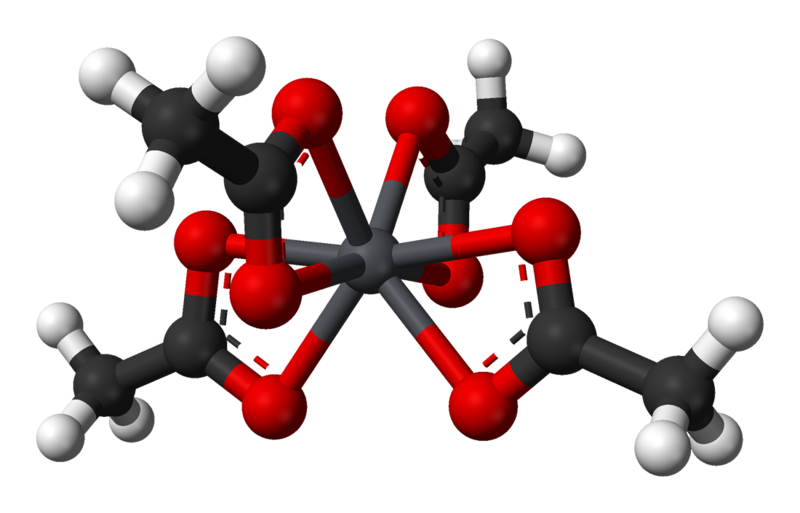Lead Acetate
Properties
Lead acetate has been used traditionally as artificial sweetener. Later it turned out to be highly toxic, among other reasons, because it paralyses muscles. Therefore it has been used to block actin filaments at a time, when cytochalasins or Latrunculin B were not available. The concentrations required to block actin by lead acetate are in the range of 50-100 mM, which shows that the action is not very specific.
In the classical work on cytoplasmic streaming in Vallisneria and Nitella, where they discovered that plants harbour actomyosin, the group of Reiko Nagai used lead acetate along with the at that time very new and not well known cytochalasins to block streaming. Since the streaming depends on stable actin cables, high concentrations (50-100 mM) over a long period (24 h) were used. However, for cytochalasin, also high concentrations were employed. It is to be expected that other actin-dependent processes are blocked at lower concentration.
Reference
Ishigami M,Nagai (1980) Motile Apparatus in Vallisneria Leaf Cells. II. Effects of Cytochalasin B and Lead Acetate on the Rate and Direction of Streaming. Cell Struct Funct 5, 13-20 - pdf

